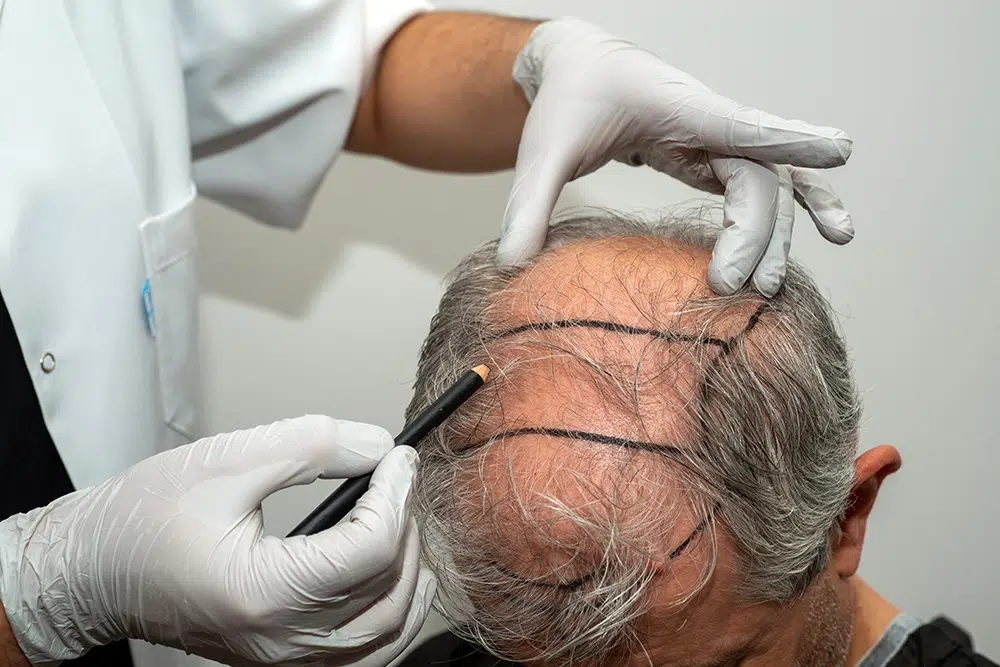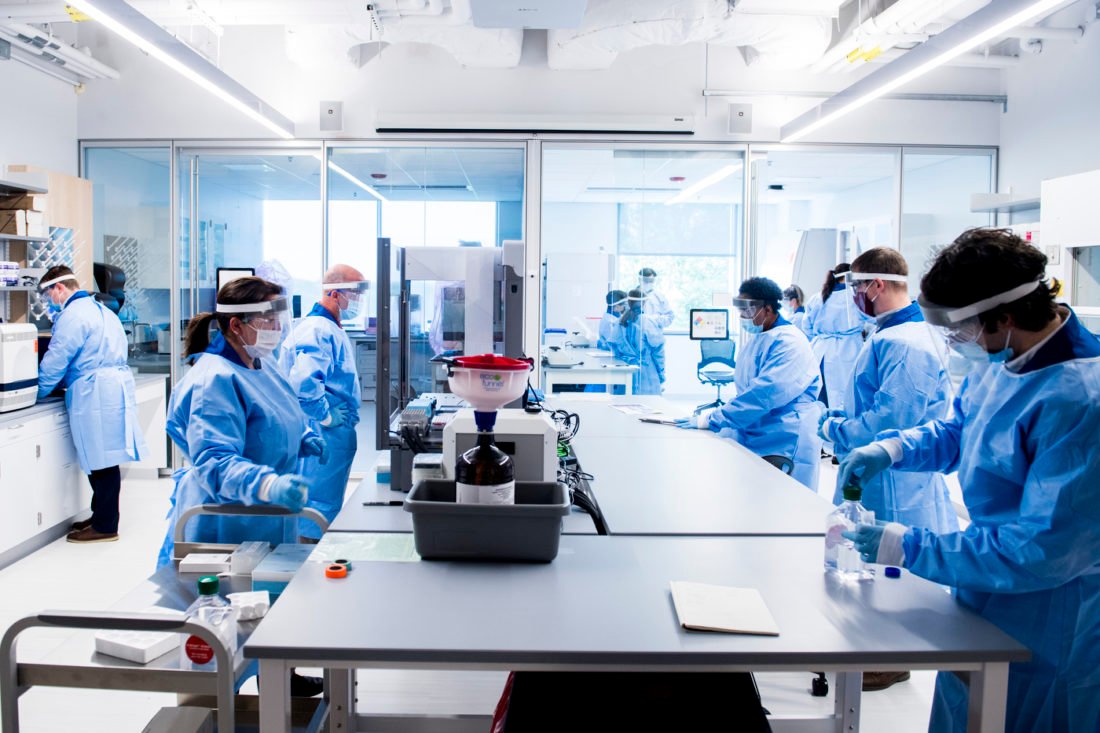Hair transplant technology has come a long way in recent years, making the process more efficient, effective, and natural-looking than ever before. The latest advances in Hair transplant(زراعة الشعر) technology are transforming the way we approach hair loss treatments, providing patients with more options and better results. From robotic-assisted procedures to stem cell therapies, these cutting-edge innovations are reshaping the future of hair restoration.
Robotic Hair Transplantation: Precision Meets Perfection
One of the most exciting developments in hair transplant technology is the introduction of robotic hair transplantation. Robotic systems, such as the ARTAS robotic hair transplant system, use advanced algorithms and artificial intelligence (AI) to assist surgeons in performing follicular unit extraction (FUE) with greater precision.
- Enhanced precision: The robotic system provides unparalleled accuracy when selecting and extracting individual hair follicles, reducing the risk of human error.
- Minimally invasive: This technology minimizes the need for large incisions, leading to faster recovery times and minimal scarring.
- Faster procedure time: Robotic-assisted hair transplants are typically quicker, allowing surgeons to complete more hair follicles in a shorter time frame.
By utilizing robotics, hair transplant surgeons can ensure a more consistent and effective procedure, which results in superior outcomes for patients.
Platelet-Rich Plasma (PRP) Therapy: A Natural Hair Growth Solution
Platelet-rich plasma (PRP) therapy has emerged as a complementary treatment in hair restoration procedures. PRP involves using a patient’s own blood to extract plasma rich in growth factors, which is then injected into the scalp to stimulate hair growth.
- Natural regeneration: PRP uses the body’s natural healing properties to encourage hair follicles to grow thicker, stronger hair.
- Non-surgical solution: PRP therapy can be used in conjunction with traditional hair transplants or as a stand-alone treatment for patients with early hair thinning.
- Faster recovery: Since PRP therapy is minimally invasive, it significantly reduces recovery time compared to other hair restoration procedures.
This non-surgical option is particularly popular for patients who want to enhance the results of their hair transplant or prevent further hair loss in the future.
Stem Cell Therapy: Unlocking the Potential of Hair Regrowth
Stem cell therapy is one of the most groundbreaking advancements in hair restoration technology. Researchers are exploring how stem cells can be used to regenerate hair follicles, potentially offering a permanent solution for hair loss.
- Follicular regeneration: Stem cells have the potential to regenerate damaged or inactive hair follicles, leading to the production of new hair growth.
- Long-term benefits: Early studies suggest that stem cell therapy could offer long-lasting results, reducing the need for repeated treatments.
- Less invasive: Stem cell treatments can be performed with minimal disruption to the scalp, making it an attractive alternative to more invasive hair transplant procedures.
Although still in the experimental phase, stem cell therapy holds promise for revolutionizing the future of hair restoration, potentially offering patients a way to grow hair naturally without needing a full transplant.
FUE (Follicular Unit Extraction): A More Refined Approach
FUE has become the gold standard in hair transplant procedures, replacing older techniques like follicular unit transplantation (FUT). With FUE, hair follicles are extracted individually from the donor area, minimizing scarring and discomfort.
- No linear scar: FUE avoids the linear scarring associated with FUT, leaving patients with minimal visible signs of the procedure.
- More natural-looking results: The precision of FUE allows for a more natural placement of hair follicles, leading to denser and more aesthetically pleasing results.
- Shorter recovery time: Patients experience faster recovery times with FUE as it is less invasive compared to other methods.
With continuous improvements in FUE technology, such as enhanced extraction tools and refined techniques, this method remains one of the most effective and popular choices for hair restoration.
Bio-FUE and Advanced Grafting Techniques: Personalized Hair Restoration
Bio-FUE is an advanced variation of the traditional FUE technique, incorporating the use of biologic materials like stem cells, growth factors, and regenerative medicine to improve hair regrowth outcomes.
- Better graft survival rate: By enhancing the environment for hair follicles, Bio-FUE offers higher survival rates for transplanted follicles.
- Customized treatment plans: Surgeons are now able to create highly personalized hair restoration plans based on the patient’s unique hair characteristics, goals, and donor area conditions.
- Minimized trauma to follicles: Bio-FUE reduces the trauma to hair follicles during extraction and implantation, improving the success rate of the procedure.
This personalized approach to Hair transplant(زراعة الشعر) combines the latest scientific advancements, ensuring a more effective and customized result for patients.
Artificial Hair Implants: A New Frontier in Hair Restoration
Though still a relatively new option, artificial hair implants are gaining attention as a viable solution for certain types of hair loss. This method involves the implantation of synthetic hair fibers into the scalp, providing immediate results.
- Instant results: Artificial hair implants offer an immediate cosmetic solution for patients who want quick results without undergoing traditional hair transplant surgery.
- Low-maintenance: Unlike natural hair transplants, synthetic hair requires very little maintenance once implanted, making it an attractive option for busy individuals.
- Ideal for specific hair loss cases: Artificial hair is best suited for individuals with limited donor hair or those seeking coverage in areas of the scalp that have little to no hair growth.
While artificial hair implants are not yet widely popular, they represent an interesting option for those seeking a non-surgical, immediate solution to their hair loss issues.
Conclusion:
The latest advances in hair transplant technology are transforming the way we approach hair loss treatments, offering patients more effective, less invasive, and long-lasting options. From robotic-assisted procedures and PRP therapy to stem cell regeneration and artificial hair implants, the future of hair restoration is brighter than ever. As technology continues to evolve, these innovations will likely provide even more refined solutions for individuals seeking to regain their hair and confidence. Whether opting for traditional FUE, combining treatments like PRP and stem cell therapy, or exploring new frontiers with artificial implants, patients now have a wealth of options to choose from for their hair restoration journey.
















Leave a Reply